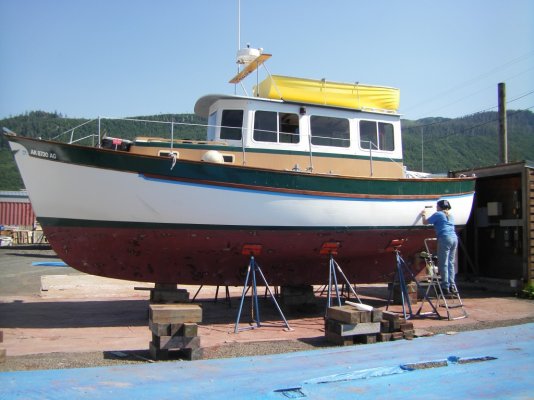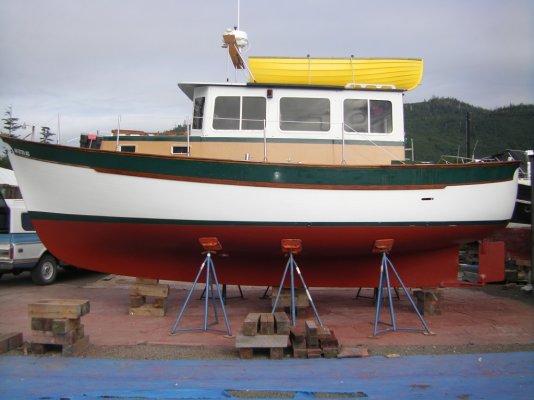timjet
Guru
- Joined
- Apr 9, 2009
- Messages
- 1,920
I'm hauling my boat next week to bottom paint, replace the stbd rudder log, replace 2 thru hull valves, replace zincs, wax the hull, and re-pitch the props.*
* Anyone have suggestions on anything else I should consider doing while the boat is on the hard
* Any suggestion on a web site that describes the process of preparing the bottom for painting.
Thanks guys and gals.
* Anyone have suggestions on anything else I should consider doing while the boat is on the hard
* Any suggestion on a web site that describes the process of preparing the bottom for painting.
Thanks guys and gals.


